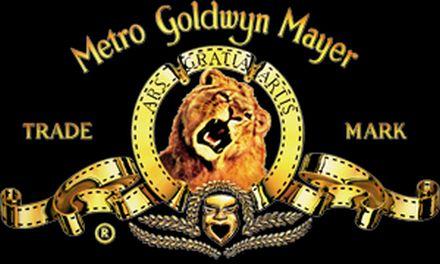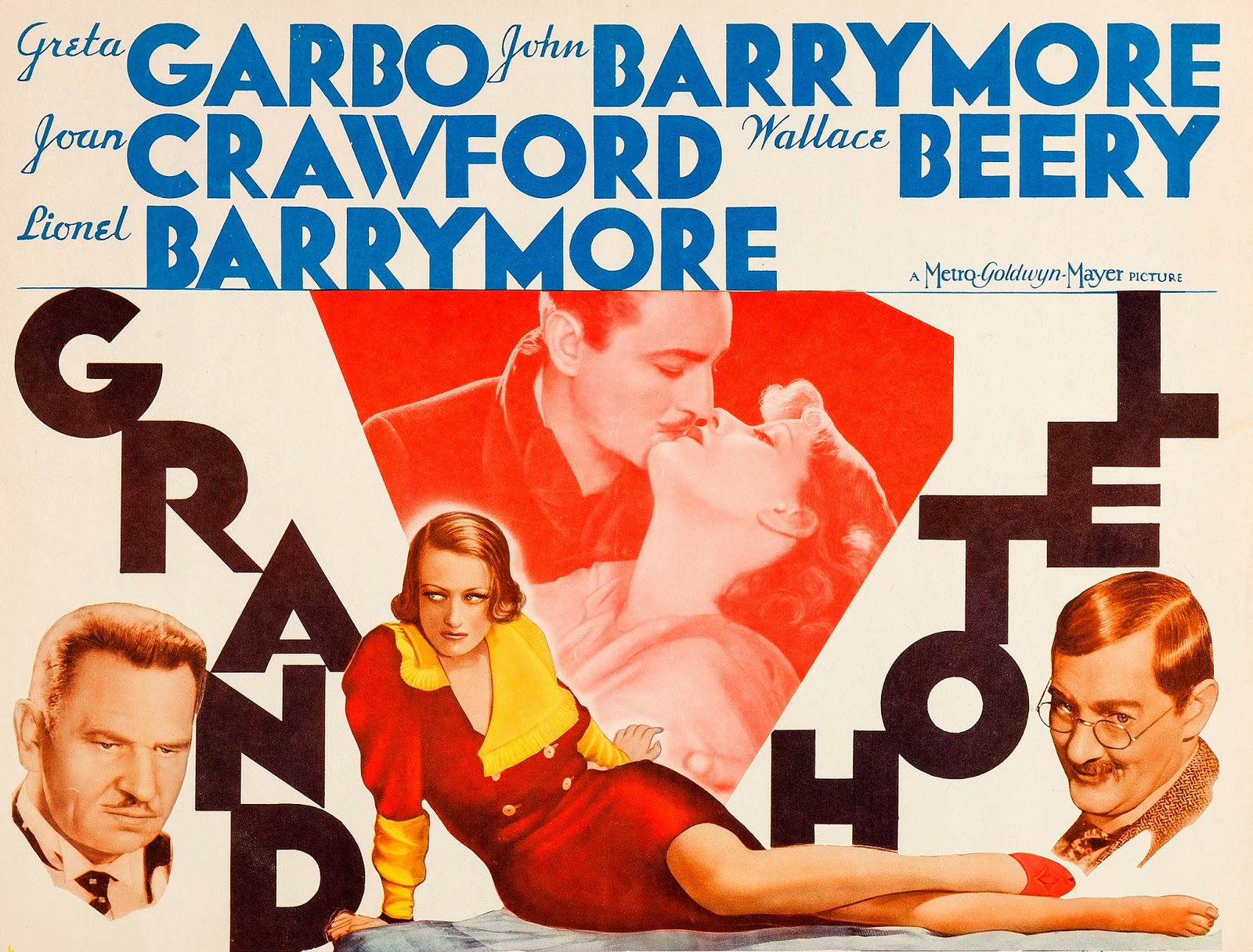I would like to begin my blog by talking about the presentation my peers gave this past Wednesday. I thoroughly enjoyed the way they went about examining “The Best Years of Our Lives.” I was gravitated towards the presentation when they showed us the authentic original trailer that was advertised to the viewing public in 1946. This trailer did seem generic right off the bat, and I did wonder myself if it had fully encompassed the film, they had watched. I felt very enlightened with the group’s summary. Even though it was just slightly out of place, it gave us the information we needed to connect the dots the group had laid out for us with their focus on the three main leads.

I thought it was very important to go in depth with each character to provide a better grasp of the film itself, and the characters within it. This group gave very necessary information to help paint the picture inside each of our heads and went above and beyond with their descriptions of the characters.
The way they analyzed the economic aspect of this film was very helpful and outlined the much bigger picture behind this film and almost every other one like it.
I enjoyed the viewpoints each group member had to offer, and most importantly their personal feelings towards the film after viewing it.
One of the aspects of this weeks’ classes that I most enjoyed was our time spent on censorship, and the MPPA. I find it fascinating that many of these initial guidelines are still in place today.
The “39 Steps” by Alfred Hitchcock was a tale of espionage, romance, trust, and wittiness. My favorite scene of the entire film was the unsuspected placement of the Male lead inside a building where a meeting was taking place. The crowd seems unimpressed with the current speaker, and it then become time for the next speaker. I did not under any circumstances think that they would place the man on the podium, having mistaken him for their keynote speaker. However, I did find the scene dazzling, and over the top funny. The man begins speaking and suddenly has the whole room swayed with him, and they find joy and agreement with every line he delivers. It is at this moment where I found my favorite character of this film, and beyond a shadow of a doubt, one of my favorite Hitchcock scenes.

The dialog takes on a very witty persona throughout the film, and it this that draws me further into the life of the screen. The man and the woman play beautifully across from one another, and I thought their acting was superb.

The crucial scene in the movie which I kept waiting for was the moment the woman found out the man she had been unwillingly handcuffed to was innocent. This turning point of the story for me is not rivaled by many others, and is the one scene that I had been anticipating form the moment they met on the train.



